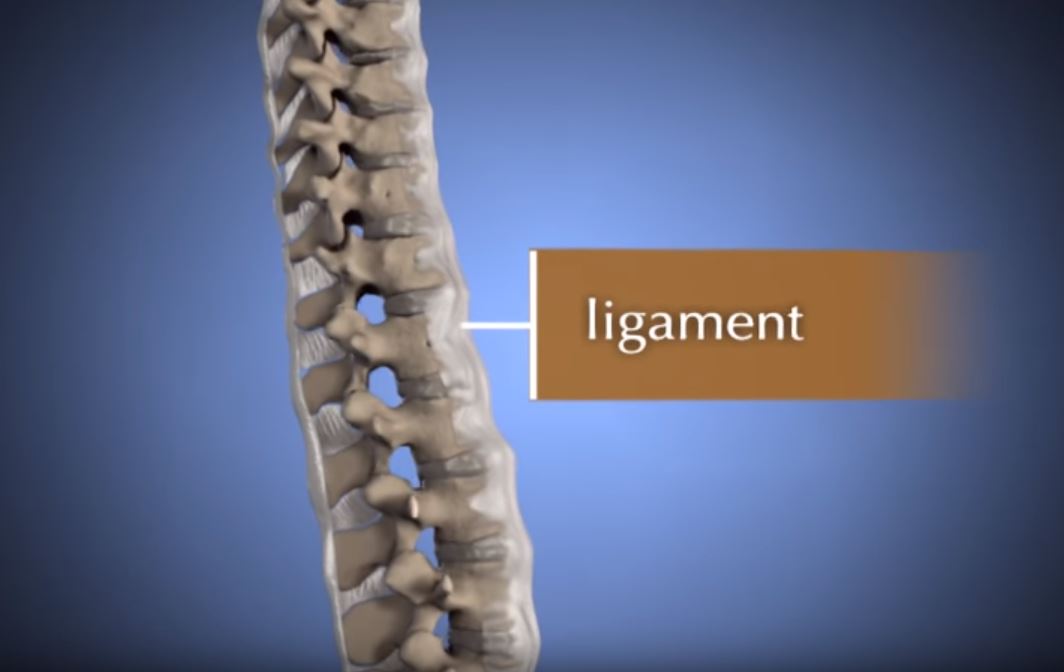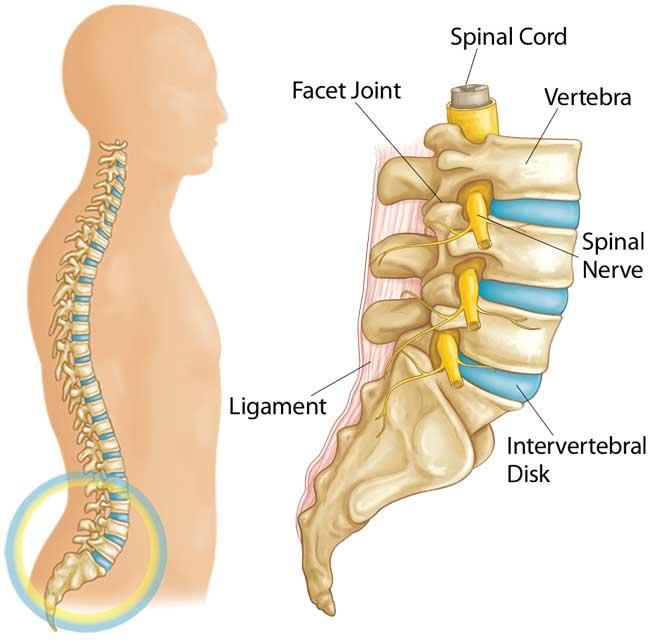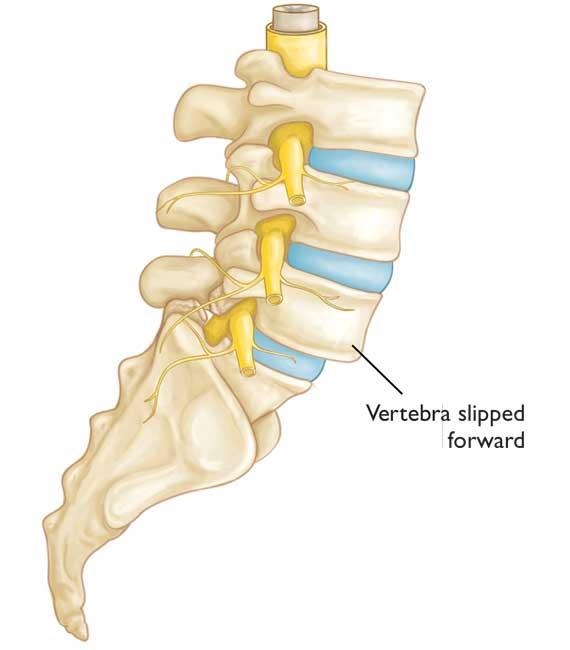Diseases & Conditions
Back Pain in Children
Back pain in children is not like back pain in adults. Compared to an adult, a child with a backache is more likely to have a serious underlying disorder. This is especially true if the child is 4 years old or younger, or if a child of any age has back pain accompanied by:
- Fever or weight loss
- Weakness or numbness
- Trouble walking
- Pain that radiates down one or both legs
- Bowel or bladder problems
- Pain that keeps the child from sleeping
More serious causes of back pain need early identification and treatment or they may become worse. Always see a doctor if your young child's back pain lasts for more than several days or progressively worsens.
Doctor Examination
Your doctor will begin by learning about how the problem developed, and will conduct a physical examination of your child.
Medical History
Your doctor will ask general questions about your child's overall health and more specific questions about the pain. These may include:
- When did the pain begin?
- Did it start after an injury or demanding activity?
- Has it improved or worsened?
- What activities or positions make the pain worse?
- What does your child do to make it less painful?
It is important for your doctor to know exactly where the pain is felt, how severe it is, and how much it interferes with the child's schooling and activities. If the pain shoots into a leg it could mean that there is pressure on a nerve.
Physical Examination
During the physical examination, your doctor will carefully check the following:
- Spine. This will include feeling each vertebra and looking for deformities in the alignment and mobility of the spine. Increased roundness of the back (when viewed from the side) or a curve to the side (when viewed from the back) could be important. Your doctor will check posture and walking gait, the ability to bend over to touch the toes, and bending to the right and left. Difficulty with movement may indicate that there is a problem with the joints of the spine.
- Nerves in the back. Problems with the intervertebral disks can cause pressure on the nerves that exit the spine, so your doctor will perform specific tests for that. With your child lying face up, your doctor will raise the legs (straight leg raising test) and may also raise the legs with your child lying face down (reverse straight leg raising test). Testing reflexes and feeling in the legs will be done for the same reason.
- Muscles. The muscles in the back and legs wil be tested. Tightness of the back muscles or the hamstring muscles at the back of the thigh will show that your child is trying to protect himself or herself from movements and positions that might be painful. Tenderness of the muscles will indicate a muscle injury, such as a strain.
- Balance, flexibility, coordination, and muscle strength. Other tests may be done to ensure that the back pain is not part of a bigger picture.
Imaging Tests
Your doctor may order one or more imaging tests to help make the diagnosis.
X-rays. X-rays provide images of dense structures, such as bones. X-rays of your child's spine will show if there are fractures, displacements, or other problems within the bones.
Bone scans. This test involves injecting a substance into a vein, then using a special camera to see where it is picked up. It can pinpoint inflammation, infections, tumors, and fractures. Since the anatomy of the spine is very complicated and since these disease processes are not always visible on x-ray, a bone scan can be very useful.
Computerized tomography (CT) scans. This is a special x-ray technique that provides a three-dimensional image. It allows your doctor to see things that are not visible on two-dimensional x-rays, and is particularly helpful for understanding the complex anatomy of the spine.
Magnetic resonance imaging (MRI) scans. An MRI shows the body's soft tissues. It can be used to see the spinal cord, nerve roots, disks, and other structures that can be very important in back pain.
Positron emission tomography (PET). This test can help your doctor understand more about how the body's tissues and organs are functioning.
Laboratory Tests
Blood tests, including the complete blood-cell count (CBC), erythrocyte sedimentation rate (ESR), and C-reactive protein (CRP), can be affected by the presence of inflammation or infection.
Common Back Pain Conditions in Children
Muscle Strain and Imbalances
Musculoskeletal strain is most often responsible for back pain in children and adolescents. This type of pain frequently responds to rest, anti-inflammatory medications, and an exercise program.
Many teenagers may have more persistent back pain. This is often related to tight hamstring muscles and weak abdominal muscles. Having poor posture and carrying a heavy backpack can contribute to this pain. These children seem to improve with a physical therapy program that stresses hamstring stretching, abdominal strengthening and posture correction.
Rounded Back
In adolescents, increased roundness of the back (when viewed from the side) — also called Scheuermann's kyphosis — is a common cause of pain in the middle of the back (the thoracic spine). Vertebrae become wedged, causing a rounded, or hunched, back. The curved part of the back may ache, and pain may get worse with activity.
For more in-depth information about kyphosis: Kyphosis (Roundback) of the Spine
Stress Fracture of the Spine
Spondylolysis, or stress fracture, may cause lower back pain in adolescents. Stress fractures may occur during adolescent growth spurts or in sports that repeatedly twist and hyperextend the spine, like gymnastics, diving, and football.
Pain is usually mild and may radiate to the buttocks and legs. The pain feels worse with activity and better with rest. A child with spondylolysis may walk with a stiff legged gait and only be able to take short steps.
To learn more about spinal stress fractures: Spondylolysis and Spondylolisthesis
Slipped Vertebra
A slipped vertebra, or spondylolisthesis, occurs when one vertebra shifts forward on the next vertebra directly below. This may sometimes represent progression of a spondylolysis. It usually occurs at the base of the spine (lumbosacral junction). In severe cases, the bone narrows the spinal canal, which presses on the nerves.
To learn more about slipped vertebrae: Spondylolysis and Spondylolisthesis
Infection
In young children, infection in a disk space (diskitis) can lead to back pain. Diskitis typically affects children between the ages of 1 and 5 years, although older children and teenagers can also be affected.
A child with diskitis may have the following symptoms.
- Pain in the lower back or abdomen and stiffness of the spine
- Walking with a limp, or simply refusing to walk
- Squatting with a straight spine when reaching for something on the floor, rather than bending from the waist
Tumor
On rare occasion, tumors, such as osteoid osteoma, can be responsible for back pain. When they occur, tumors of the spine are most often found in the middle or lower back. Pain is constant and usually becomes worse over time. This pain is progressive; it is unrelated to activity and/or happens at night.
For more in-depth information about osteoid osteomas: Osteoid Osteoma
Last Reviewed
October 2019
AAOS does not endorse any treatments, procedures, products, or physicians referenced herein. This information is provided as an educational service and is not intended to serve as medical advice. Anyone seeking specific orthopaedic advice or assistance should consult his or her orthopaedic surgeon, or locate one in your area through the AAOS Find an Orthopaedist program on this website.









